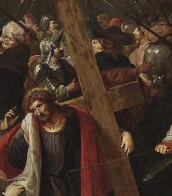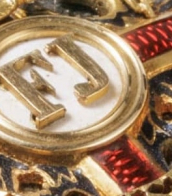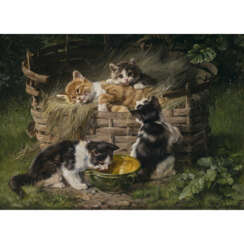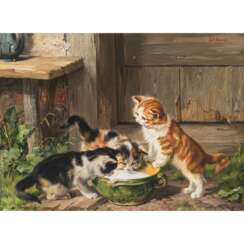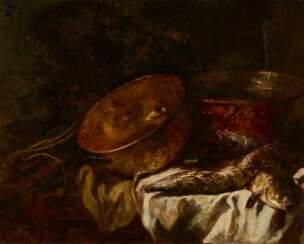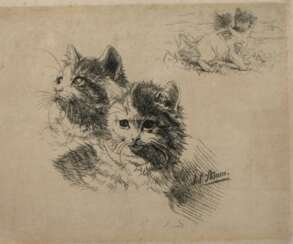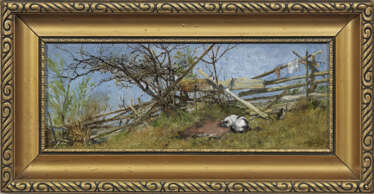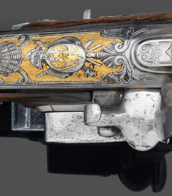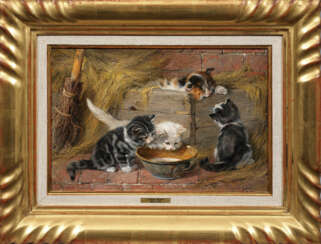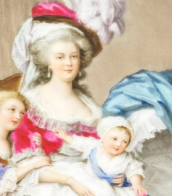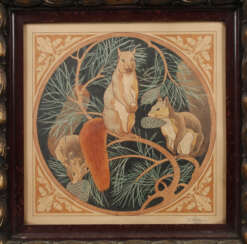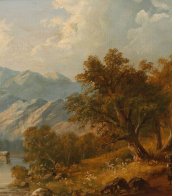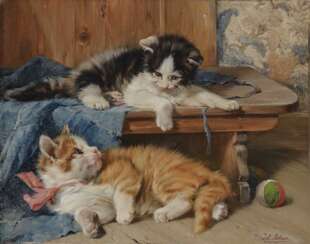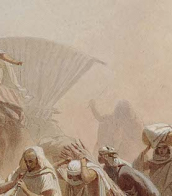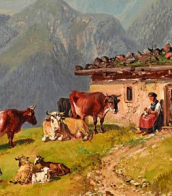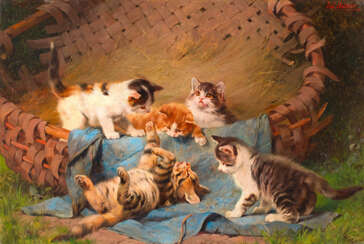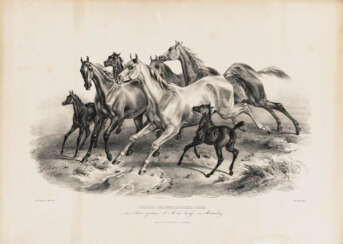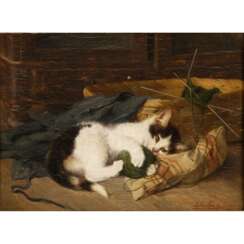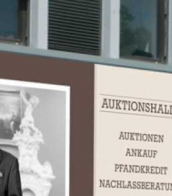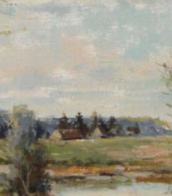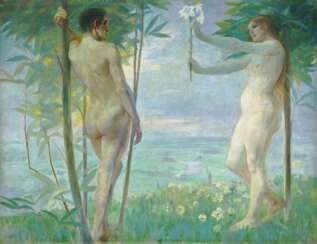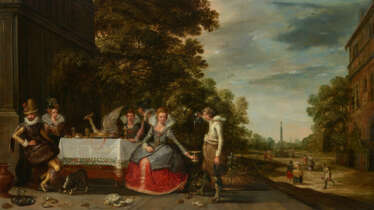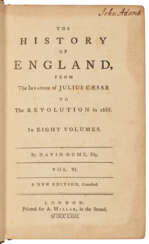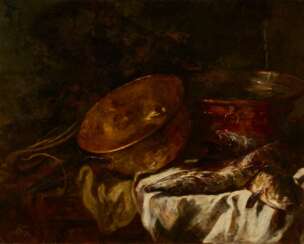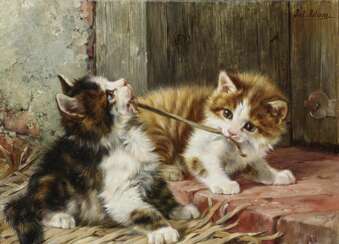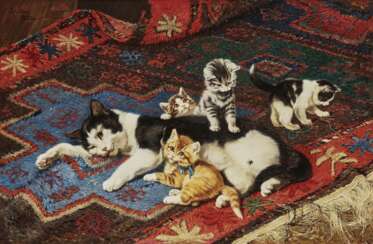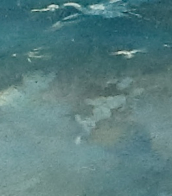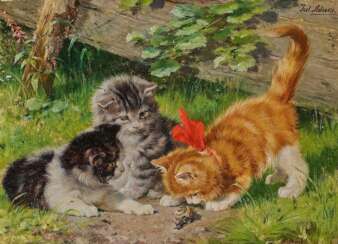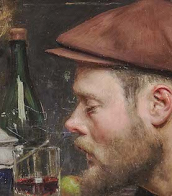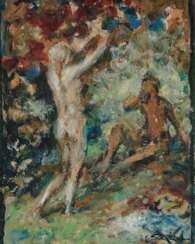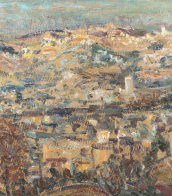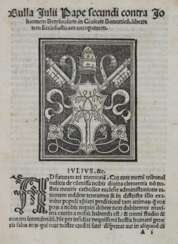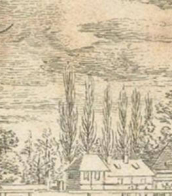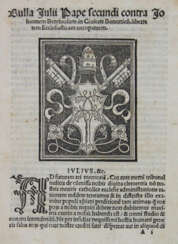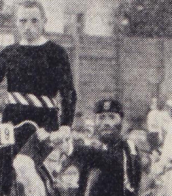julius adam
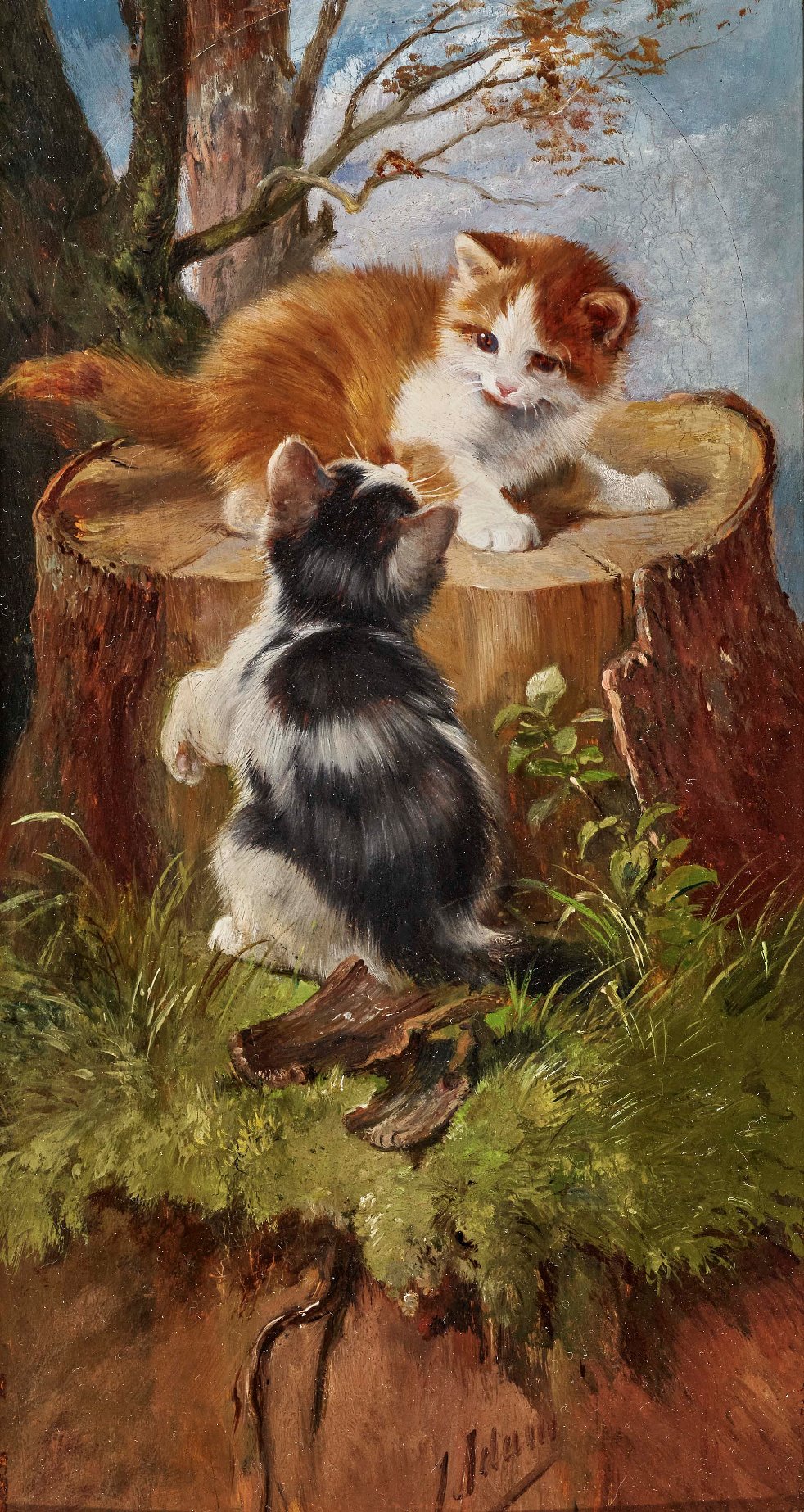
Julius Adam d. J. was a German animal painter who became known primarily for his paintings of kittens, for which he earned the nickname Kittenadam. His father Julius Adam the Elder was a photographer and lithographer.


Julius Adam d. J. was a German animal painter who became known primarily for his paintings of kittens, for which he earned the nickname Kittenadam. His father Julius Adam the Elder was a photographer and lithographer.
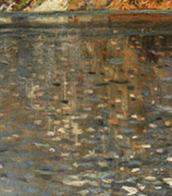

Julius Adam d. J. was a German animal painter who became known primarily for his paintings of kittens, for which he earned the nickname Kittenadam. His father Julius Adam the Elder was a photographer and lithographer.
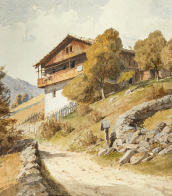

Julius Adam d. J. was a German animal painter who became known primarily for his paintings of kittens, for which he earned the nickname Kittenadam. His father Julius Adam the Elder was a photographer and lithographer.
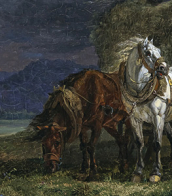

Julius Adam d. J. was a German animal painter who became known primarily for his paintings of kittens, for which he earned the nickname Kittenadam. His father Julius Adam the Elder was a photographer and lithographer.
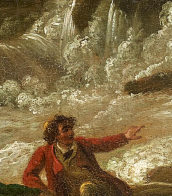
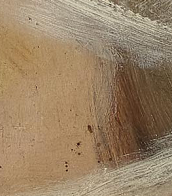
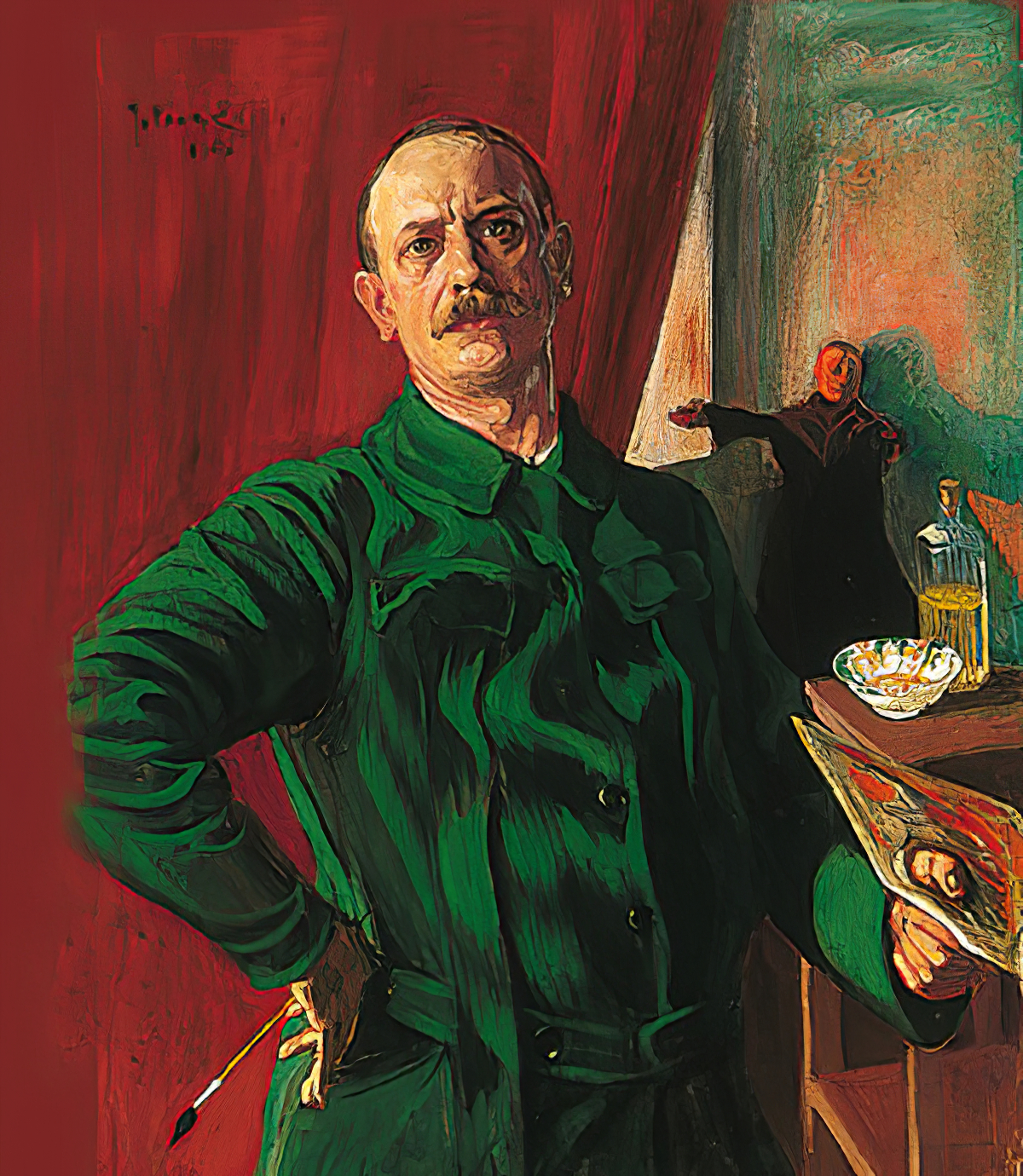
Julius Leopold Bernhard Exter was a German painter and sculptor. His work consists mostly of landscapes and portraits.
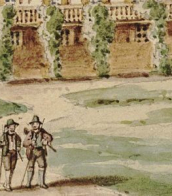
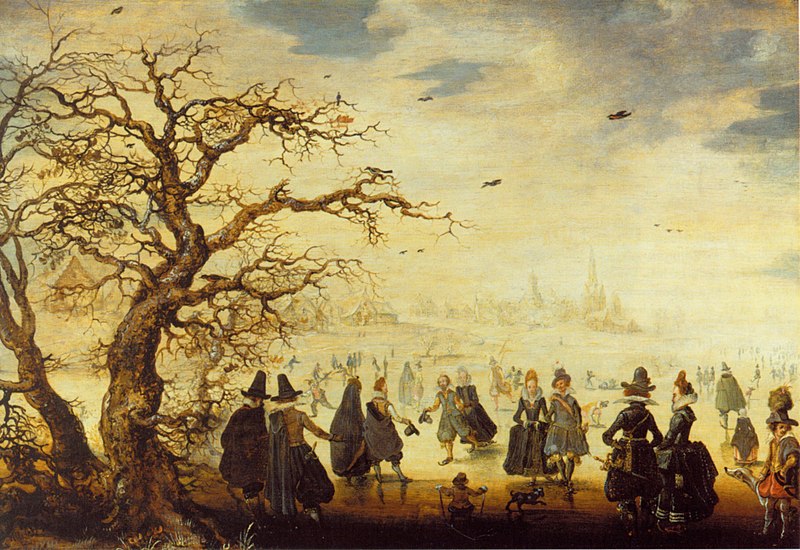
Adam van Breen, born in Amsterdam in 1585 and passing in Norway in 1642, was a notable Dutch Golden Age painter who specialized in winter landscapes. His work is distinguished by its vivid depiction of the icy, bustling life of the Netherlands during the winter months. Van Breen became a member of the Hague Guild of St. Luke in 1612 and worked in various cities including The Hague, Amsterdam, and later Oslo, Norway.
While detailed biographical information about van Breen remains scarce, it is known that he married in 1611 and was registered in the Dutch town’s guild the following year. His artistic style is often compared to that of Adriaen van de Venne, with whom he shared a preference for winter scenes. However, van Breen drew inspiration primarily from Hendrick and Barendt Avercamp, setting his characters apart through their more assertive, stockier figures, sometimes even including portrait-like depictions within his compositions.
Adam van Breen's paintings are celebrated for incorporating figures in luxurious clothing, a reflection of The Hague's status as a political and cultural center. This influence is apparent in his landscape works, which not only capture the beauty of the Dutch winters but also subtly document the societal contexts of the period. In 1617, van Breen illustrated military evolutions for the Prince of Nassau, showcasing his versatility beyond landscapes. His move to Norway in the 1640s introduced a new phase in his career, where he produced several notable portraits.
For collectors and experts in art and antiques, Adam van Breen's work offers a fascinating glimpse into the Dutch Golden Age, characterized by its detailed and lively winter scenes. His paintings, such as those documented in private collections and galleries, remain a testament to his skill and distinctive approach to capturing the essence of his time.
To stay updated on new discoveries, sales, and auction events related to Adam van Breen, signing up for updates from relevant art galleries and auction houses is recommended. This ensures access to the latest information on available works and exhibitions featuring this remarkable Dutch painter.
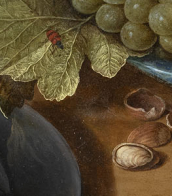
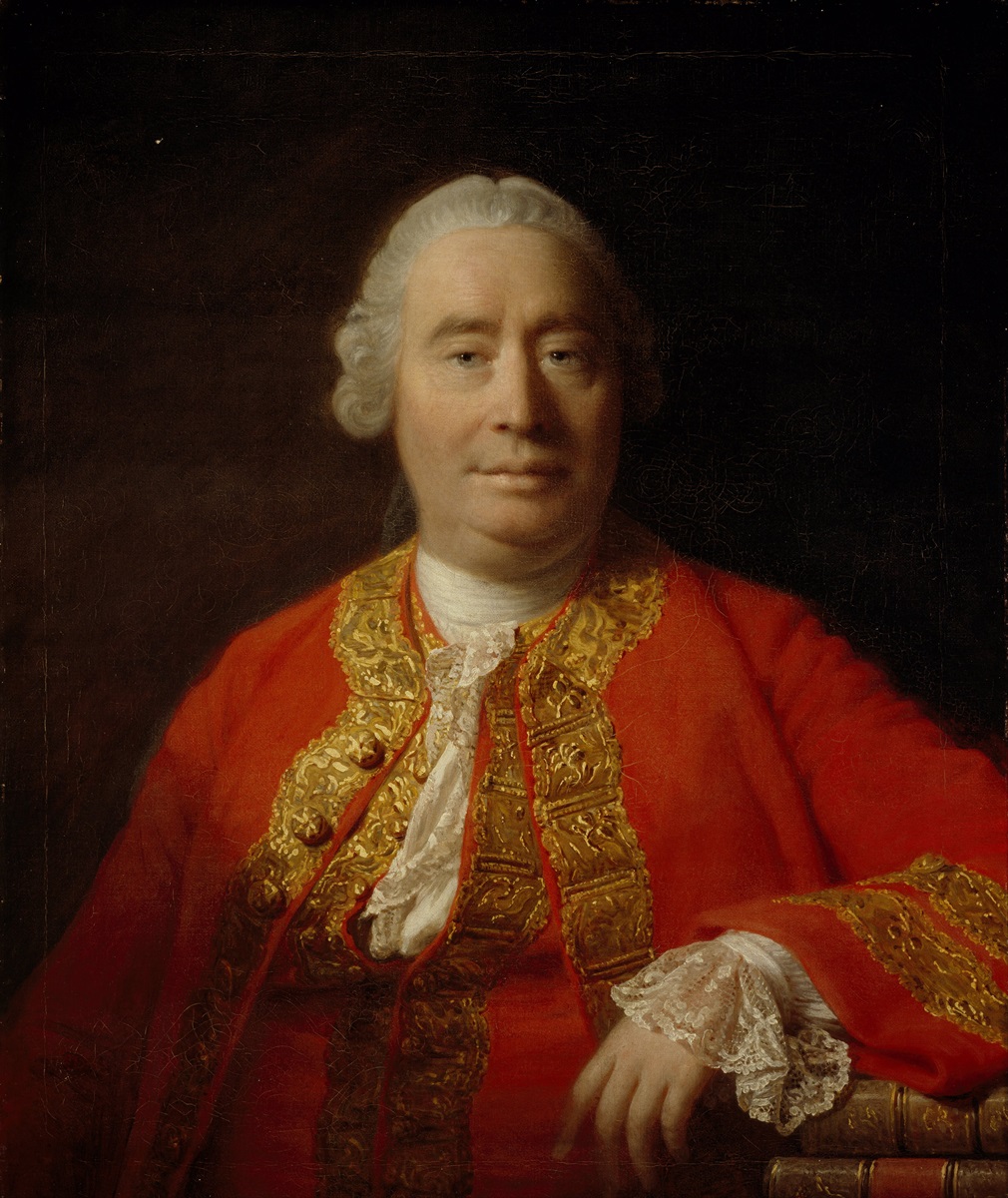
David Hume, birth name David Home, was an 18th-century Scottish Enlightenment philosopher, historian, economist, librarian, and essayist.
He is best known for his philosophical empiricism and skepticism. Hume saw philosophy as an inductive, experimental science of human nature. Taking as his model the scientific method of the English physicist Isaac Newton and drawing on the epistemology of the English philosopher John Locke, Hume tried to describe how reason works in obtaining what is called knowledge. He concluded that no theory of reality is possible; there can be no knowledge of anything beyond experience. Despite the enduring influence of his theory of knowledge, Hume seems to have considered himself primarily a moralist.
Hume was one of the particularly significant figures of his century--as a writer, historian, economist, and philosopher he made great strides forward and his achievements are still highly valued in human culture today.
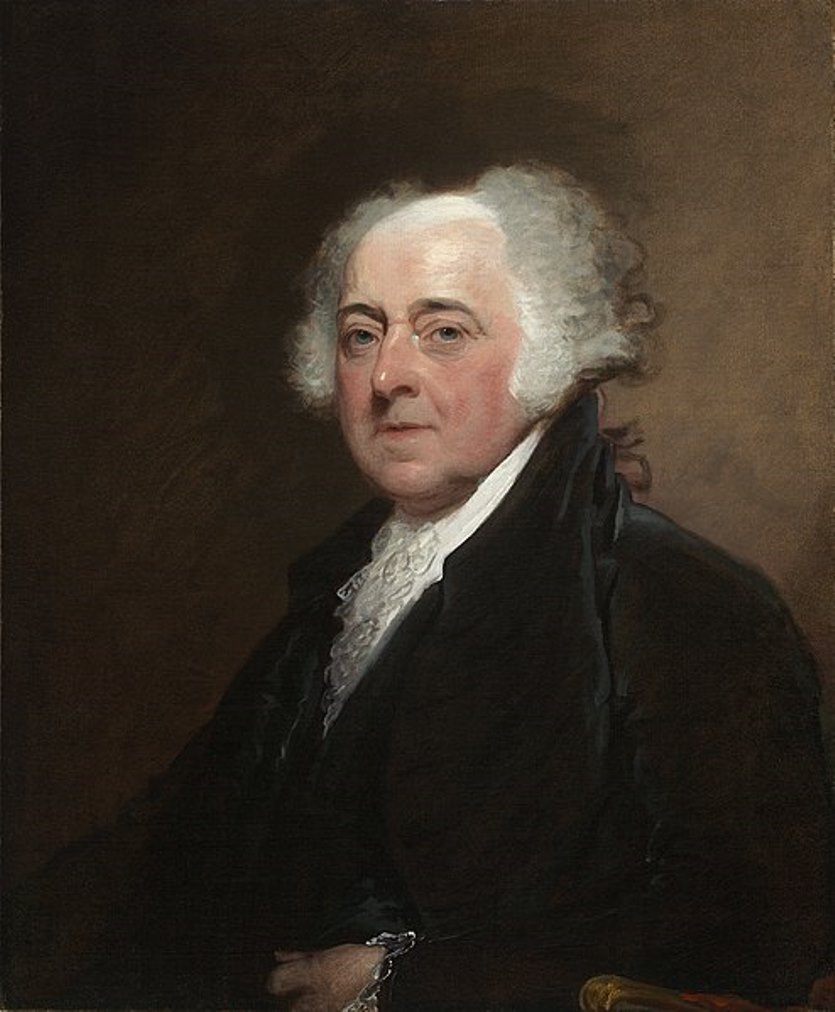
John Adams was an American statesman and politician and the second President of the United States (1797-1801).
The Adamses were among the first Puritan settlers in New England, and John's father was a farmer and shoemaker. John Adams graduated from Harvard College, taught grammar school in Worcester, Massachusetts, and then practiced law in Boston. In 1764, Adams married Abigail Smith, a minister's daughter, who became his confidante and lifelong political partner.
In 1765, Adams wrote "A Dissertation on Canon Law and Feudal Law," where he justified his opposition to British interference in the colonies. In the summer of 1774, Adams was elected to the Massachusetts delegation to the First Continental Congress, in which he became a major figure. He wrote Thoughts on Government as a basic guide to drafting new state constitutions. In July 1776, John Adams drafted the Plan of Treaties, which became the basis for the treaty with France and set the strategic priorities that would shape American foreign policy over the next century.
He was elected to the post of head of the War Council, in 1780 he became the author of the Massachusetts Constitution, which became a model for other states, in 1783 he signed the Treaty of Paris. From 1785 to 1788 John Adams served as the first American ambassador to Great Britain and proved himself worthy in this difficult situation, being the official embodiment of American independence from the British Empire. He studied European history extensively and the result was his three-volume book entitled A Defense of the Constitution of the Government of the United States of America (1787).
In 1789 Adams became the country's first vice president (Washington was the first president of the United States), and in 1797 he was elected the second president of the United States. However, his reign was not the best in the history of the new country. Deteriorating relations with France led to an undeclared naval war between the former allies. In 1798, Adams signed the controversial Alien and Sedition Acts, which restricted free speech rights. They met widespread opposition across the country. Adams resisted opposition demands for all-out war with France, but lost the 1800 election to Thomas Jefferson.
John Adams retired from politics and settled in his hometown of Quincy. He became the founder of an entire dynasty of politicians and died on July 4, 1826 (the 50th anniversary of the Declaration of Independence), living to see his eldest son John Quincy elected as the sixth president.


Julius Adam d. J. was a German animal painter who became known primarily for his paintings of kittens, for which he earned the nickname Kittenadam. His father Julius Adam the Elder was a photographer and lithographer.
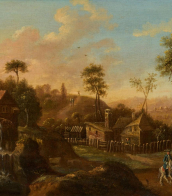

Julius Adam d. J. was a German animal painter who became known primarily for his paintings of kittens, for which he earned the nickname Kittenadam. His father Julius Adam the Elder was a photographer and lithographer.


Julius Adam d. J. was a German animal painter who became known primarily for his paintings of kittens, for which he earned the nickname Kittenadam. His father Julius Adam the Elder was a photographer and lithographer.


Julius Adam d. J. was a German animal painter who became known primarily for his paintings of kittens, for which he earned the nickname Kittenadam. His father Julius Adam the Elder was a photographer and lithographer.
